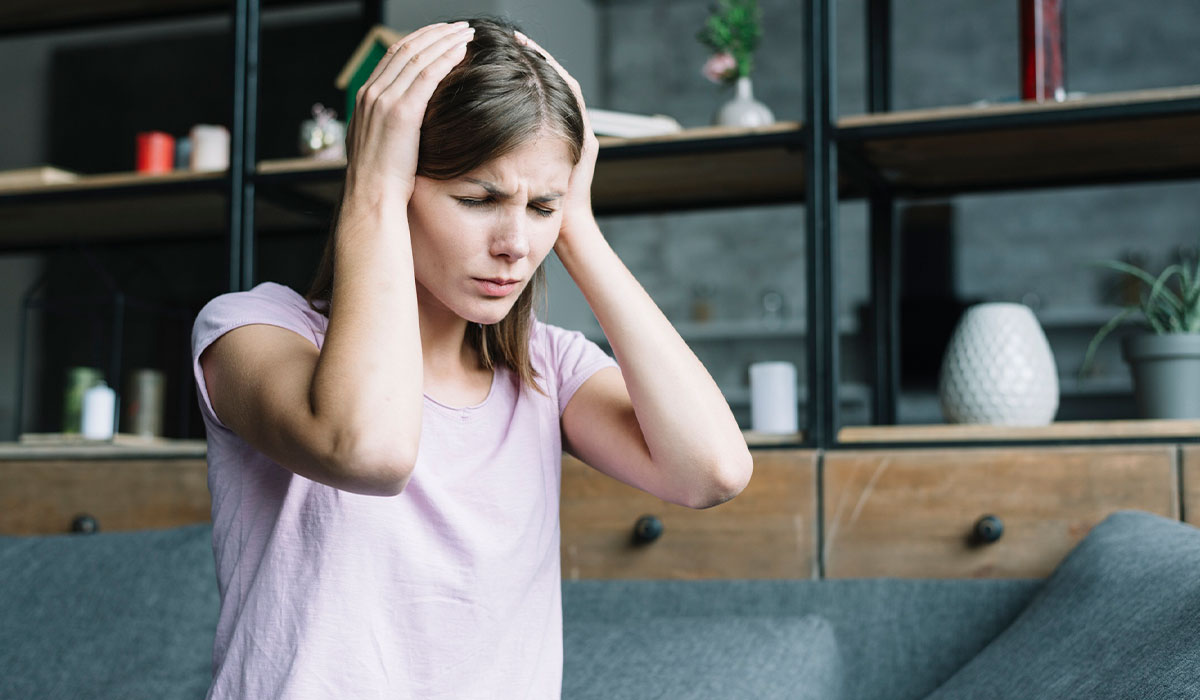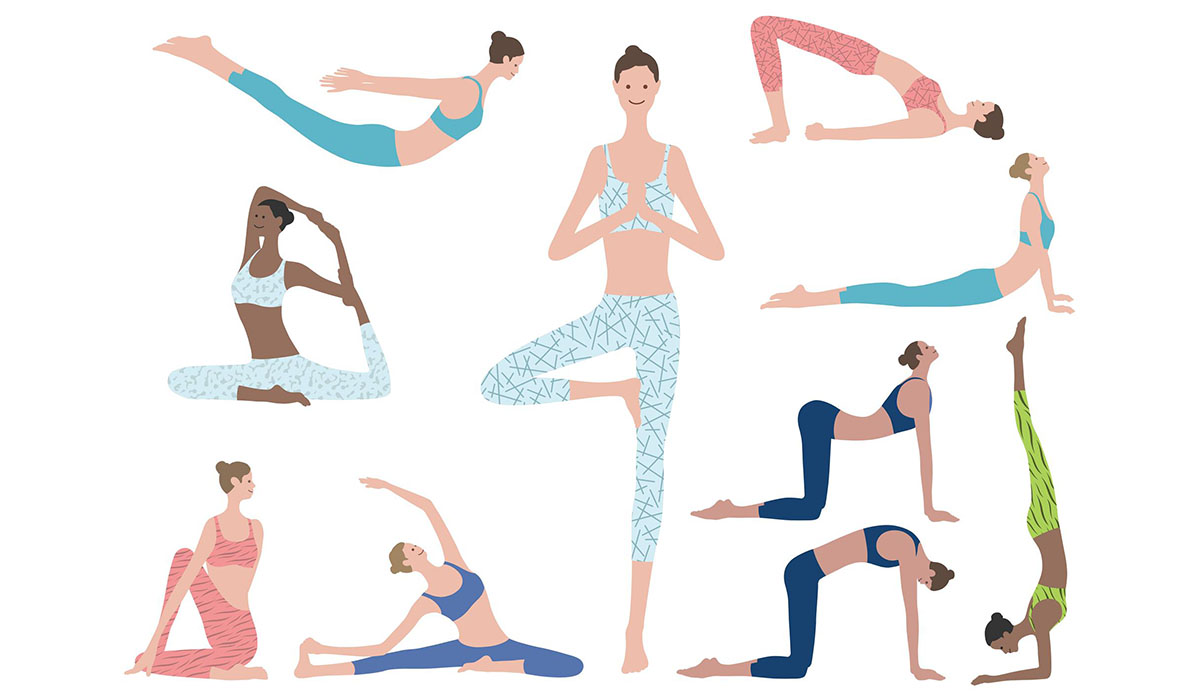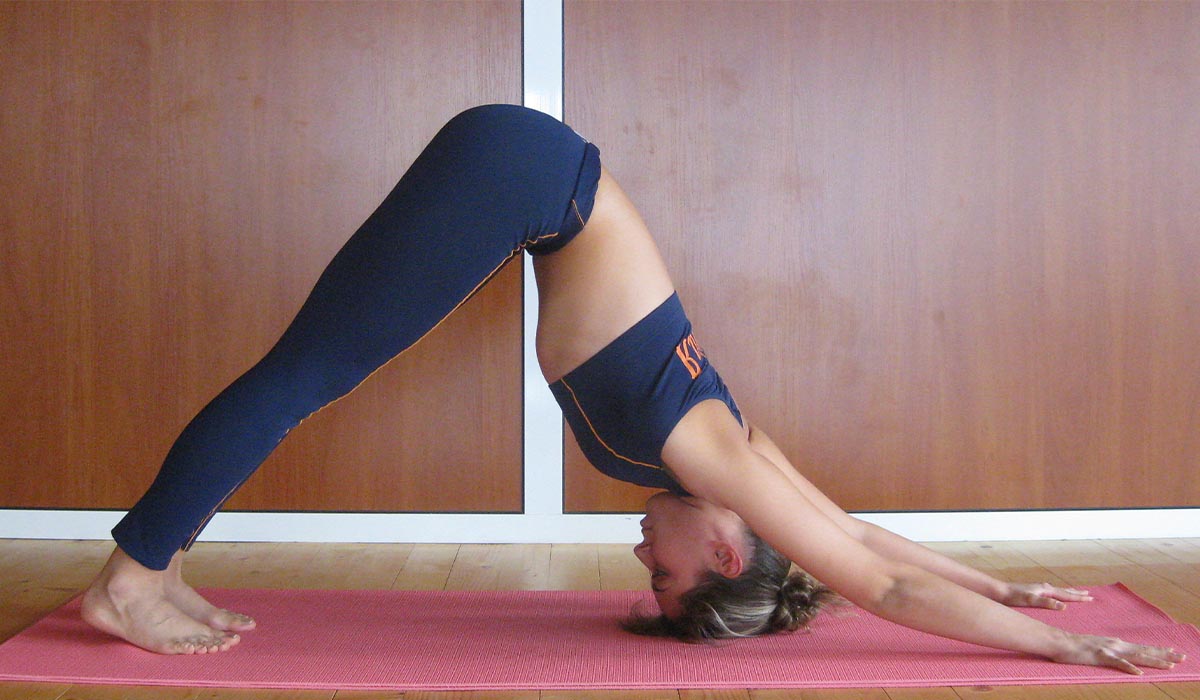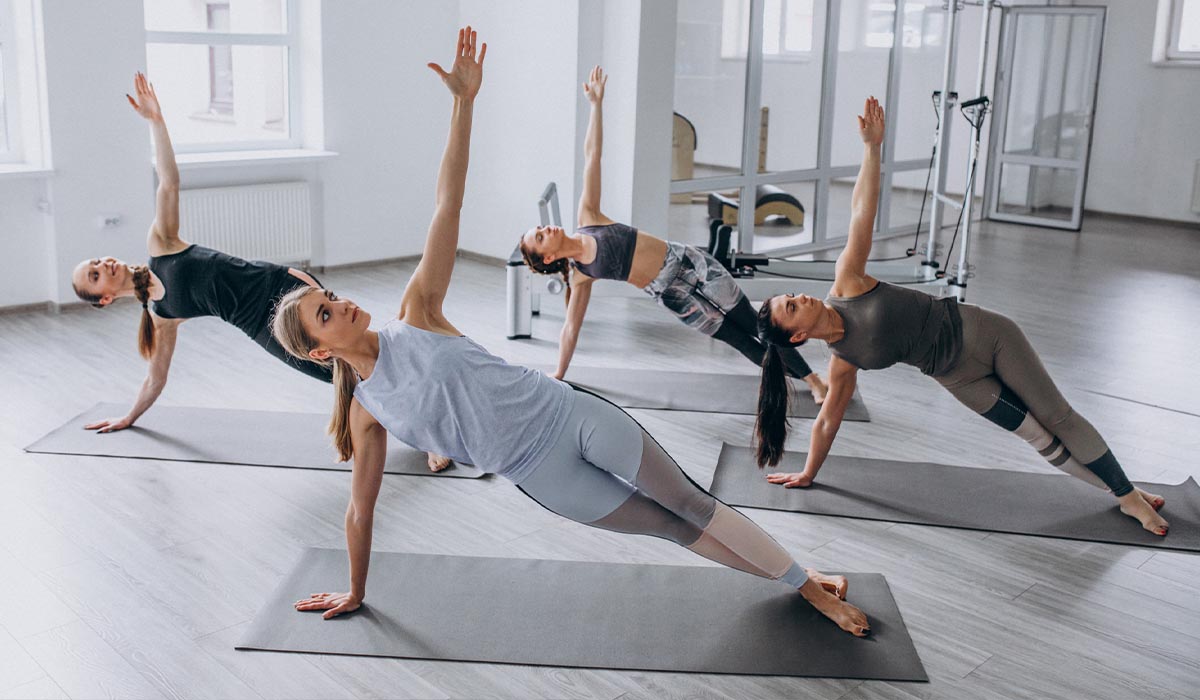In today’s fast-paced world, stress and tension have become a part of our daily lives. The constant pressure to meet deadlines, fulfill responsibilities, and achieve goals can take a toll on our mental and physical health. Fortunately, yoga offers a natural and effective way to unwind and release stress from the body and mind. In this article, we will explore the 5 best yoga poses that can help you relax, unwind, and restore your sense of calm.
Whether you are a beginner or an experienced yogi, these poses are easy to practice and can be done anywhere, at any time. So, if you’re feeling overwhelmed or anxious, grab your yoga mat and join us as we take a journey to unwind your mind and release stress and tension from your body.
Table of Contents
ToggleThe Impact of Stress and Tension on Our Mental and Physical Health

Stress and tension can affect our mental and physical health in many ways. When we experience stress, our bodies release a hormone called cortisol, which can cause a range of negative effects on the body. These effects can include increased heart rate, blood pressure, and blood sugar levels. Over time, chronic stress can lead to a range of health problems, including anxiety, depression, insomnia, and even heart disease.
Tension, on the other hand, can cause physical discomfort and pain, particularly in the neck, shoulders, and back. This can lead to headaches, muscle stiffness, and decreased mobility. Over time, tension can also lead to chronic pain and muscle imbalances.
Fortunately, there are many ways to manage stress and tension, including yoga. Yoga is a mind-body practice that has been shown to reduce stress and improve overall health and wellness.
Understanding the Benefits of Yoga for Stress Relief
Yoga offers many benefits for stress relief. First and foremost, it helps to calm the mind and relax the body. This can help to reduce cortisol levels and promote a sense of well-being. Additionally, yoga can help to improve flexibility, strength, and balance, which can help to reduce tension and prevent injury.
Yoga also emphasizes mindfulness and breath control, which can help to reduce anxiety and improve overall mental health. Through yoga, we learn to become more aware of our thoughts and emotions, and to cultivate a sense of inner peace and acceptance.
The Importance of Proper Breathing Techniques in Yoga
One of the key components of yoga is proper breathing techniques. In yoga, we use a technique called “pranayama” to control the breath and promote relaxation. By slowing down the breath and taking deeper, more intentional breaths, we can reduce stress and promote a sense of calm.
Proper breathing techniques can also help to improve oxygenation of the body, which can improve overall health and wellness. When we breathe deeply, we allow more oxygen to enter the body, which can help to reduce inflammation and promote healing.
The 5 Best Yoga Poses for Stress Relief

Now that we understand the benefits of yoga for stress relief, let’s explore the 5 best yoga poses that can help you unwind and release tension from your body and mind.
Child’s Pose
Child’s pose is a gentle, restorative pose that can help to release tension in the back and neck. To practice child’s pose, start on your hands and knees with your toes touching and your knees spread apart. Then, sit back on your heels and stretch your arms out in front of you. Allow your forehead to rest on the mat and breathe deeply.
Child’s pose can be modified by placing a pillow or block under your forehead for extra support. You can also widen or narrow your knees to find a comfortable position.
Forward Fold
Forward fold is a calming pose that can help to release tension in the legs and back. To practice forward fold, stand with your feet hip-width apart and slowly bend forward, reaching for your toes or the floor. Allow your head to hang heavy and breathe deeply.
Forward fold can be modified by bending your knees slightly or placing your hands on blocks for extra support.
Downward Facing Dog

Downward facing dog is a classic yoga pose that can help to stretch the hamstrings, calves, and spine. To practice downward facing dog, start on your hands and knees and lift your hips up and back, straightening your legs and pressing your heels toward the ground. Allow your head to hang heavy and breathe deeply.
Downward-facing dog can be modified by bending your knees slightly or placing your hands on blocks for extra support.
Bridge Pose
Bridge pose is a backbend that can help to stretch the chest, shoulders, and spine. To practice bridge pose, lie on your back with your knees bent and your feet flat on the ground. Slowly lift your hips up toward the ceiling, pressing your feet into the ground and reaching your hands toward your heels. Breathe deeply and hold for several breaths.
Bridge pose can be modified by placing a block under your sacrum for extra support. You can also interlace your fingers behind your back and lift your arms up toward the ceiling for an extra stretch.
Corpse Pose
Corpse pose is a relaxing pose that can help to release tension throughout the body. To practice corpse pose, lie on your back with your arms by your sides and your palms facing up. Allow your feet to fall open and your eyes to close. Breathe deeply and allow yourself to fully relax.
Corpse pose can be modified by placing a pillow or bolster under your knees for extra support. You can also cover your eyes with an eye pillow or washcloth for an extra sense of relaxation.
Step-by-Step Instructions for Practicing Each Pose

To practice each pose, start by finding a quiet, comfortable space where you can focus on your breath and movement. Begin with a few deep breaths, inhaling through your nose and exhaling through your mouth. Then, move into each pose slowly and mindfully, taking time to adjust your body and find a comfortable position. Hold each pose for several breaths, focusing on your breath and allowing yourself to fully relax.
Modifications and Variations for Each Pose to Accommodate Different Levels of Experience and Flexibility
Each pose can be modified or varied to accommodate different levels of experience and flexibility. If you are a beginner, start with the basic pose and work your way up to more advanced variations. If you have limited flexibility or mobility, use props such as blocks, blankets, or pillows to support your body and find a comfortable position.
Tips for Incorporating These Poses into Your Daily Routine for Maximum Benefits
To get the most out of these poses, try incorporating them into your daily routine. You can practice them in the morning to start your day off on a calm and centered note, or in the evening to unwind and relax before bed. You can also use them as a mid-day break to release tension and restore your energy.
Additional Resources for Practicing Yoga and Reducing Stress and Tension in Your Life

If you’re interested in learning more about yoga and stress relief, there are many resources available. You can take a yoga class at your local gym or studio, or find online classes and tutorials. You can also read books or listen to podcasts about yoga and mindfulness, or attend workshops and retreats.
Conclusion – Emphasize the Importance of Self-Care and Stress Management in Maintaining Overall Health and Wellness.
In conclusion, stress and tension can have a negative impact on our mental and physical health, but yoga offers a natural and effective way to manage these symptoms. By practicing the 5 best yoga poses for stress relief, we can release tension from the body and mind and cultivate a sense of calm and well-being. Remember to incorporate these poses into your daily routine, and to prioritize self-care and stress management in maintaining overall health and wellness.


